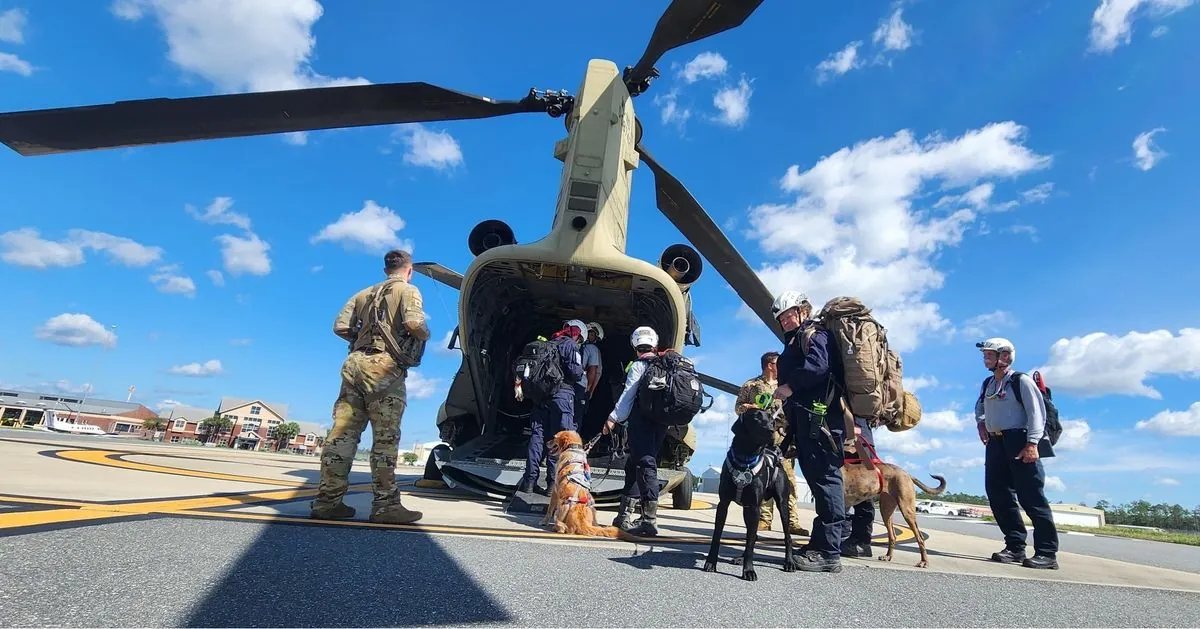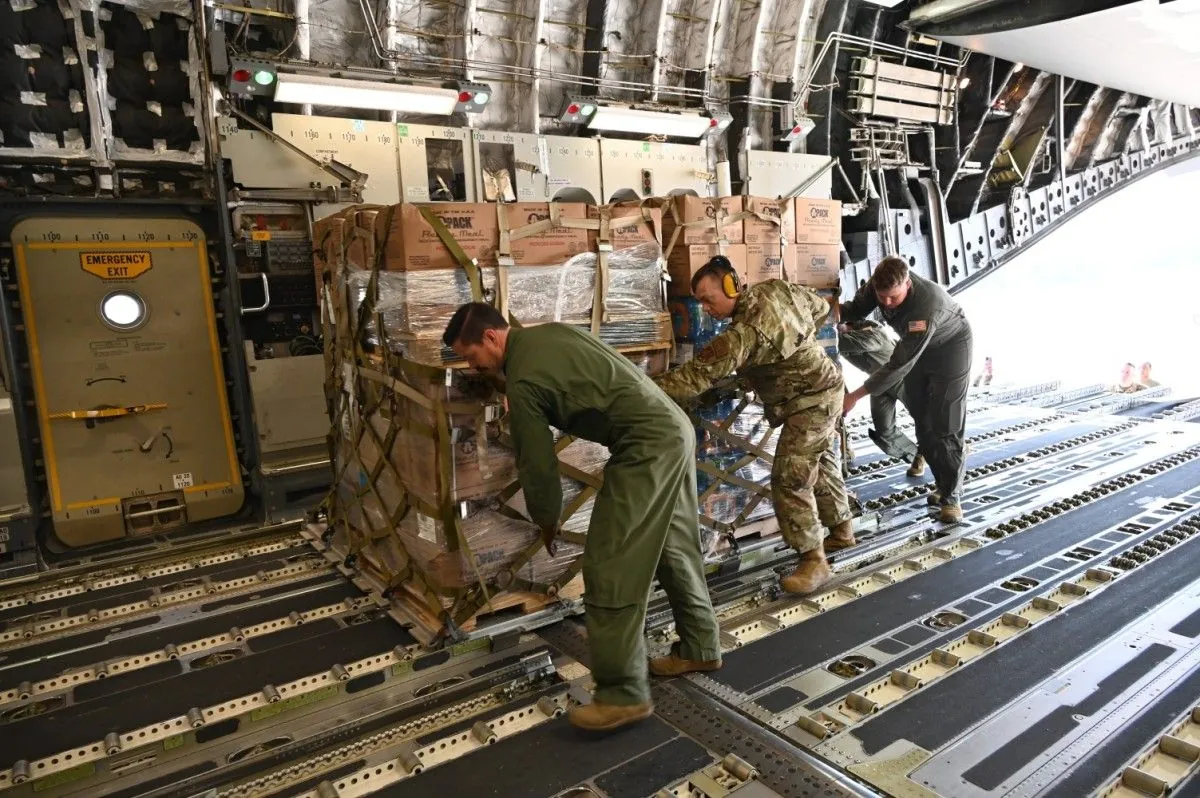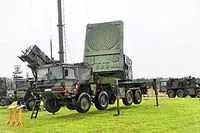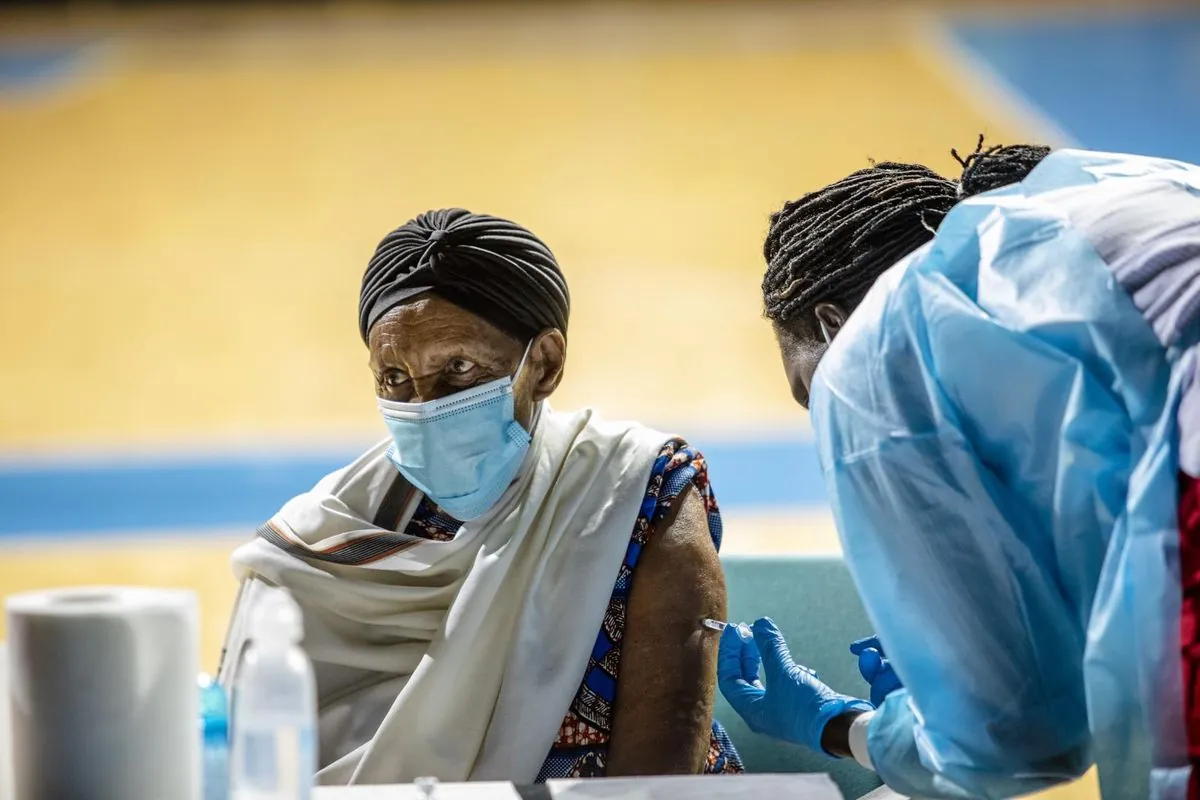Biden Deploys 500 More Troops to Aid Hurricane Helene Recovery in North Carolina
President Biden orders additional troops to assist in Hurricane Helene recovery efforts in North Carolina, bringing the total to 1,500. The administration monitors tropical storm Milton's development in the Gulf of Mexico.

In response to the devastating impact of Hurricane Helene, President Joe Biden has taken decisive action to bolster recovery efforts in western North Carolina. The President announced the deployment of an additional 500 active-duty troops to the affected region, augmenting the existing relief operations.
This latest deployment brings the total number of troops assisting in the aftermath of Hurricane Helene to 1,500. These forces are part of a comprehensive response that includes over 6,100 National Guard members and more than 7,000 federal personnel. The National Guard, a reserve component of the U.S. military, often plays a crucial role in disaster response scenarios.
President Biden emphasized the administration's commitment to supporting affected families, stating that no resources would be spared in the rebuilding process. This approach aligns with the President's role as Commander-in-Chief of the armed forces, allowing for the rapid mobilization of military assets in times of domestic crisis.

The deployment of military personnel for disaster relief is not uncommon in the United States. The U.S. military frequently assists in both domestic and international disaster relief operations, leveraging its logistical capabilities and manpower to provide critical support in challenging environments.
North Carolina's vulnerability to hurricanes stems from its location on the Atlantic coast. The state has historically been prone to tropical cyclones, which can cause significant damage to infrastructure and property. Hurricane recovery efforts often extend over several years, particularly for major storms that can inflict billions of dollars in damage.
The Federal Emergency Management Agency (FEMA) typically coordinates disaster response efforts at the federal level, working in conjunction with state and local authorities. Their involvement is crucial in organizing the various elements of the response, including the deployment of military personnel and the distribution of aid.
"With a total of 1,500 troops now supplementing a robust on-the-ground effort – including more than 6,100 National Guardsmen and more than 7,000 Federal personnel – my Administration is sparing no resource to support families as they begin their road to rebuilding."
As recovery efforts continue in North Carolina, attention is also being directed towards a developing threat in the Gulf of Mexico. President Biden confirmed that he is receiving regular briefings on tropical storm Milton, which is gaining strength in the region. The Gulf of Mexico is a significant source of hurricanes that affect the United States, and the situation is being closely monitored.
The Atlantic hurricane season, which typically runs from June 1 to November 30, has been particularly active in recent years. Climate scientists suggest that climate change may be contributing to an increase in the intensity of hurricanes, potentially leading to more severe impacts on coastal communities.
As the situation evolves, residents in potentially affected areas are advised to stay informed and prepared. Hurricane preparedness includes creating emergency kits, developing evacuation plans, and staying updated on official communications. The National Hurricane Center continues to provide forecasts and warnings for tropical cyclones, utilizing advanced satellite technology to improve tracking and prediction capabilities.
The ongoing response to Hurricane Helene and the monitoring of tropical storm Milton underscore the importance of a coordinated and robust approach to disaster management. As communities begin the long process of recovery, the combined efforts of federal, state, and local resources will be crucial in supporting those affected by these powerful storms.


































